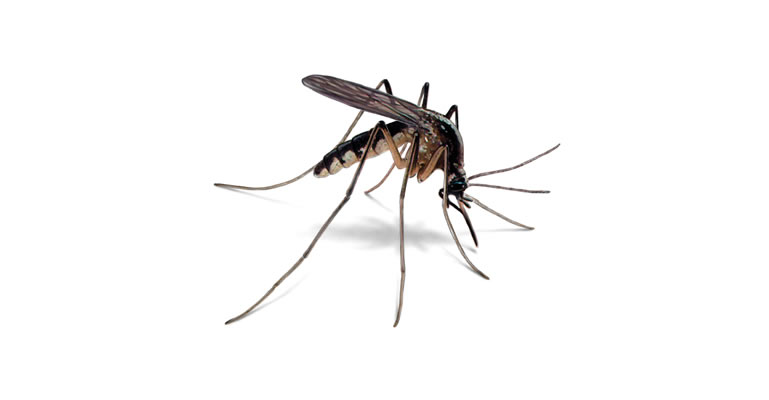ADVERTISEMENT

Mosquito Taxonomy and evolution
Here is a picture of a Mosquito as we look into its taxonomy and evolution.
Mosquito Taxonomy refers to the classification and naming of different species of mosquitoes in an ordered system that is intended to indicate their natural relationships, especially evolutionary relationships. Mosquitoes are members of the phylum Arthropoda (a Greek word for joint leg) and belong to the class of Insecta. The phylum Arthropoda is comprised of five classes, such as, Crustacea (Example: Crab), Arachnida (Example: Spider), Chilopoda (Example: Centipede), Diplopoda (Example: Millipedes) and Insecta or Hexopoda (Example: insects). Arthropods include creatures that live in water, on land and in the air. The class Insecta is divided into some 29 to 40 major orders. Most insects belong to the class of Class Insecta (about 773,000 species) and mosquitoes are an important member of this category and insects make up more than half of all living things in the world. The oldest evidence of mosquito with anatomy similar to modern species was found in 79-million-year-old Canadian amber from the Cretaceous (i.e., 145.5 and 65.5 million years ago).
Read more about mosquito, mosquito

 Gas Station In Haiti
Gas Station In Haiti  Should birthright citizenship be eliminated in the US?
Should birthright citizenship be eliminated in the US?  Five personalities of the Haitian musical world awarded
Five personalities of the Haitian musical world awarded  Haitians, the second largest black immigrant group in the US
Haitians, the second largest black immigrant group in the US  Jovenel Moïse nominated Jean Henry Céant as prime minister of...
Jovenel Moïse nominated Jean Henry Céant as prime minister of...  Port-au-Prince on fire over gas prices hike
Port-au-Prince on fire over gas prices hike  The Petro Caribe Challenge hashtag
The Petro Caribe Challenge hashtag  Delimart Plaza, Delmas 32, Port-au-Prince, Haiti being looted
Delimart Plaza, Delmas 32, Port-au-Prince, Haiti being looted 


